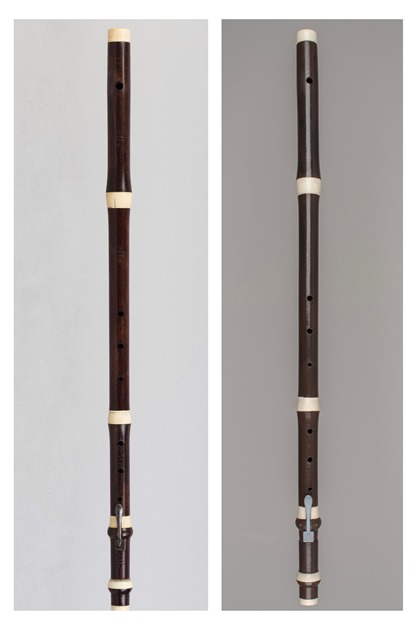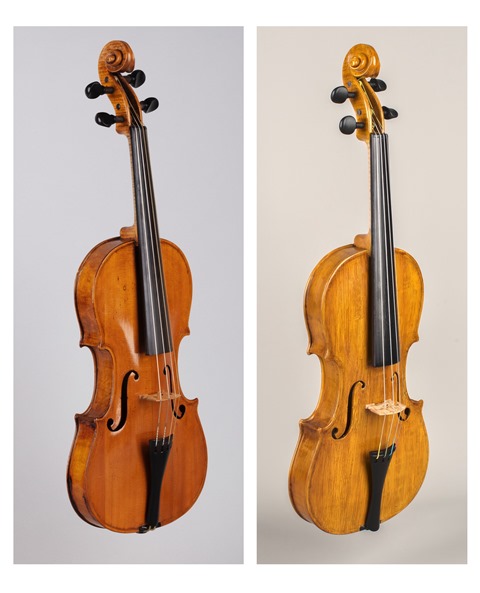
Research projects
3D printing of heritage musical instruments
The technological possibilities have driven us to experiment and explore with new technologies to replicate some of the most emblematic instruments of the Barcelona Museum of Music and 3D print them. This can be clearly distinguished from a facsimile copy, which is a unique craftsmanship artwork and an almost perfect approximation to the original, althought with different woods and materials, even due to their age. It helps us understand the construction processes as well as the sound of an instrument.
In the case of 3D printing, the goal is to analyze the internal and external structure of an instrument with extremely high precision and be able to see the internal cavities that would otherwise be impossible to visualize. The files obtained from the scanning process are processed to obtain the file that will be used for printing: the STL file. This format enables 3D printing, not only of a single copy but as many as desired. The objective of the project, including funding from the Departament de Cultura de la Generalitat de Catalunya, Programa d'Inversions Municipal de l'Ajuntament de Barcelona (before European Regional Development Fund (FEDER)), is to physically reproduce (object) and sonically replicate (musical usability) six emblematic instruments from the Barcelona Museum of Music using 3D printing techniques. This allows us to make the musical heritage accessible through the manipulation and musical use of the printed facsimile replicas of the instruments. Furthermore, in the future, we aim to offer reproductions to the public that enable visitors to acquire a musical instrument facsimile of one of the great instruments from the collection at a competitive price.
The selection of instruments was made by the Collections Department team, considering some key points:
- The instrument being part of the museum's permanent exhibition.
- The instrument being emblematic and representative of the collection.
- Representation of various organological families.
Following these criteria, an initial selection included a guitar, but it was discarded due to its size, which exceeded the scanner's capabilities. The same happened with two cornets. Thus, the final selection that has gone through all the processes consists of a flute (MDMB 816), a shawm (MDMB 608), an ocarina (MDMB 1078), castanets (MDMB 157), a charango (MDMB 1437), and a violin (MDMB 1058).


This project has been developed in recent months thanks to the Eurecat Foundation, with the entire monitoring, analysis, creation, and printing carried out by Irene Ràfols, Enric Rovira, and their team. We have also collaborated with luthier Blandine Galy, who provided advice on construction possibilities and created all the final painting finishes (take a look at the spectacular replica of the castanets!). Additionally, we received occasional advice from Áurea Domínguez from the University of Basel.

Once the project was completed, we observed that the resemblance between the replicas and the originals is quite striking aesthetically. However, the sound possibilities are uneven: while the aerophones are highly convincing in appearance, the chordophones, due to their plastic base instead of wood, gain in weight but lose in sound quality.


Regarding the uses and future developments, the printed prototypes have great educational potential, allowing us to develop pedagogical activities, improve museum accessibility (for example, by offering tactile visits to groups with functional diversity), expand the number of instruments available for public use, and establish collaborations with educational institutions (starting with cooperation with the Escola Superior de Música de Catalunya).

